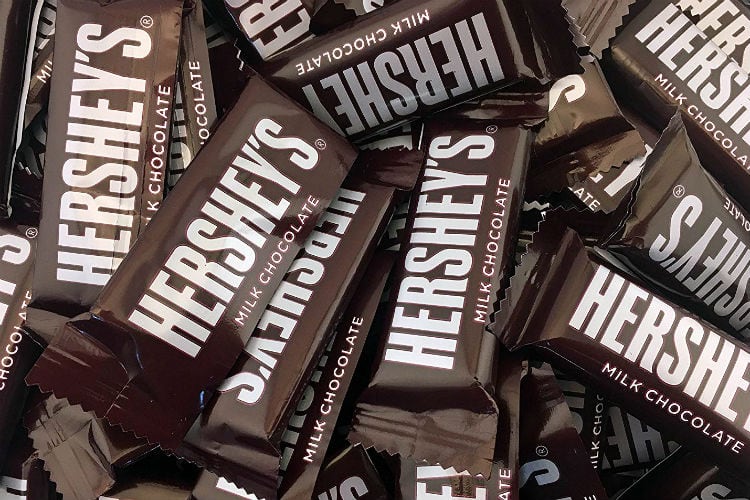Consumer Christopher Lazazzaro filed the suit in a Long Island federal court on 28 December, seeking class-action status. The lawsuit is seeking $5 million from Hershey, alleging its advertising and marketing campaign for the dark chocolate bars ‘false, deceptive, and misleading’. The plaintiffs' lawyers argue that had Hershey disclosed on its labelling that those dark chocolate bars contained lead and cadmium, Lazazzaro would not have purchased them.
His suit was filed two weeks after ConfectioneryNews reported that research by Consumer Reports claimed a number of Hershey dark chocolate products exceeded California standards for the maximum allowable dose level (MADL) for lead and cadmium.
There are no federal lead and cadmium limits for most foods. Consumer Reports scientists used California standards, as they deemed them ‘the most protective available’. The report said lead content in the Hershey Special Dark Mildly Sweet Chocolate bar exceeded the California MADL.
The lawsuit filed in New York cites other Hershey items highlighted in the Consumer Reports exposé, including Lily’s Extra Dark Chocolate 70% Cocoa and Lily’s Extremely Dark Chocolate 85% Cocoa, which the company acquired in 2021.
Lazazzaro’s lawsuit is focused on alleged wrongdoing relating to marketing practices – and not health-related issues. The suit contends that consumers look to product packaging and labels before making a purchase.
In his lawsuit, Lazazzaro said he believed he was buying products that contained “only dark chocolate ingredients”, and therefore “paid a premium” to do so. Because of alleged “misrepresentations and omissions” about the presence of heavy metals, Lazazzaro claims he and other consumers “suffered an injury in the amount of the premium paid”.
Cadmium is a natural element found in soil that is absorbed by the roots of the cocoa plant in certain growing regions and ends up in cocoa beans. Lead contaminates the beans through the environment, possibly when it is blown by the wind in the surrounding areas as the beans dry in the open.
In a statement following the Consumer Reports survey, the National Confectioners Association said: "Chocolate and cocoa are safe to eat and can be enjoyed as treats as they have been for centuries.
“The California Office of Environmental Health Hazard Assessment (OEHHA) guidelines cited in the Consumer Reports study are not food safety standards. An expert investigation conducted through our prior California Proposition 65 settlement concluded that cadmium and lead are present in cocoa and chocolate due to soil and that bean cleaning during processing cocoa beans reduces lead and cadmium in chocolate products.
“The products cited in this study are in compliance with strict quality and safety requirements, and the levels provided to us by Consumer Reports testing are well under the limits established by our settlement. Food safety and product quality remain our highest priorities and we remain dedicated to being transparent and socially responsible."
- Consumer Reports is an independent, non-profit member organization.
- Hershey did not immediately reply to requests for comment.
- 'Cadmium can be dangerous when ingested in large amounts' - the Centers for Disease Control and Prevention (CDC).




